I hit Milwaukee’s lakefront early this morning and it was pretty quiet. The only highlight were 3 Great Black-backed Gulls, adults nonbreeding at Bradford Beach. They came and went but at one time 3 were on the beach within ~20 feet of each other. They mostly hung out in the water with walkers on the beach. Great Black-backed Gulls have always been skittish with me, you just will not be on the beach with them. Step a foot on the beach and they are gone! There was a little harassing from Herring Gulls but that was limited. Bruce showed up, Jym showed up later and he just had 2 Lesser Black-backed Gulls at the marina along with a Thayer’s Gull. We thought we had a Lesser Black-backed Gull early on but could not confirm it. Jen and John showed up too and we all watch the Great Black-backed Gulls while they hung around for the most part out in the lake. There was a stiff wind out of the north and it made for a very cold morning, but it was a fun time out birding with friends! Weather like this for almost the 1st of December, we will take it. Images were taken on November 28, 2015.
Great Black-backed Gull
Binomial name: Larus marinus
Category: Gulls, Terns, and Skimmers
Description: The largest member of the gull family. White feathers with grayish-black backs and wings. The wings have white wingtips. Pink legs, strong yellow or pinkish-yellow bill.
Size: 25” – 31” long, 4’ 10” – 5’ 7” wingspan
Weight: 1.7 lbs. – 5.1 lbs.
Habitat: Rocky and sandy coastal shorelines, ponds, lakes, and marshes
Diet: 50% or more of their diet is often garbage or human refuse. They also eat fish, insects, crabs, smaller birds, chick eggs, and land animals such as rats.
Nesting: Both parents build several nests on or near stacks of rocks or fallen logs. The female chooses the best one, and it is lined with grass, seaweed, and other vegetation or garbage such as rope and pieces of plastic. The female will lay a clutch of 3 eggs and both parents incubate them for about 28 days. Both parents raise the hatchlings, take turns finding food. The breeding pair will reuse the same nesting site year after year.
Notes: Great Black-backed Gull feathers were used in clothing while feathers were fashionable in the late 1800’s. Once the trend ended, populations began to increase. This trend continues with the increase in refuse sites across North America and Europe.

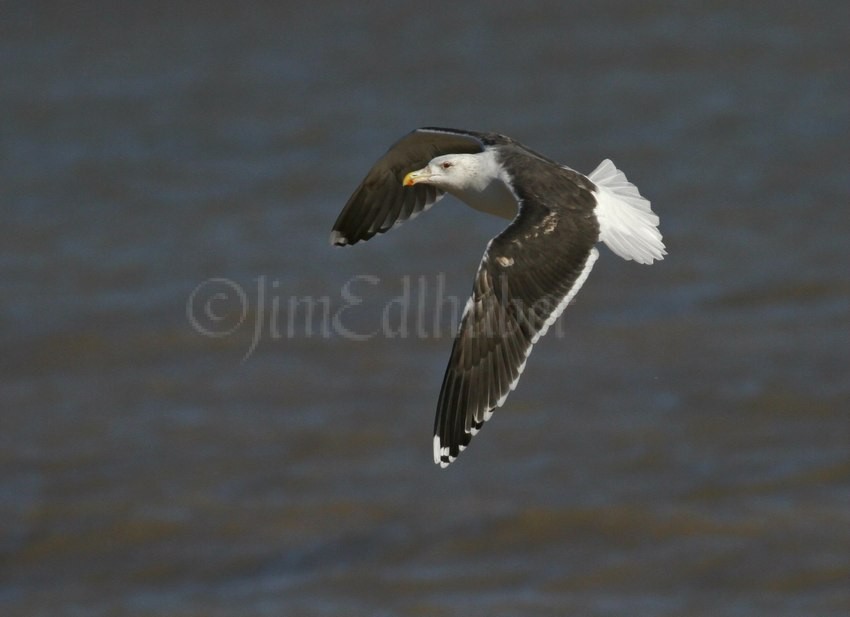
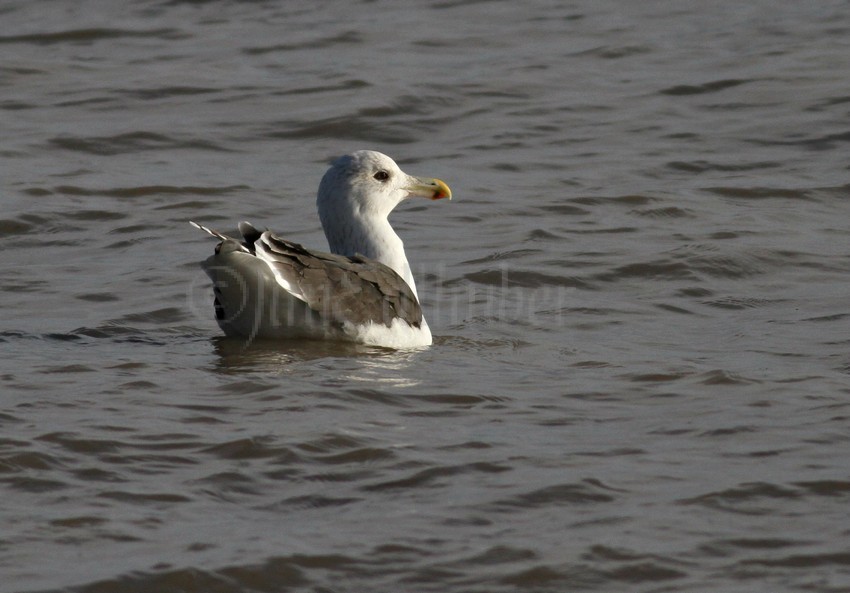

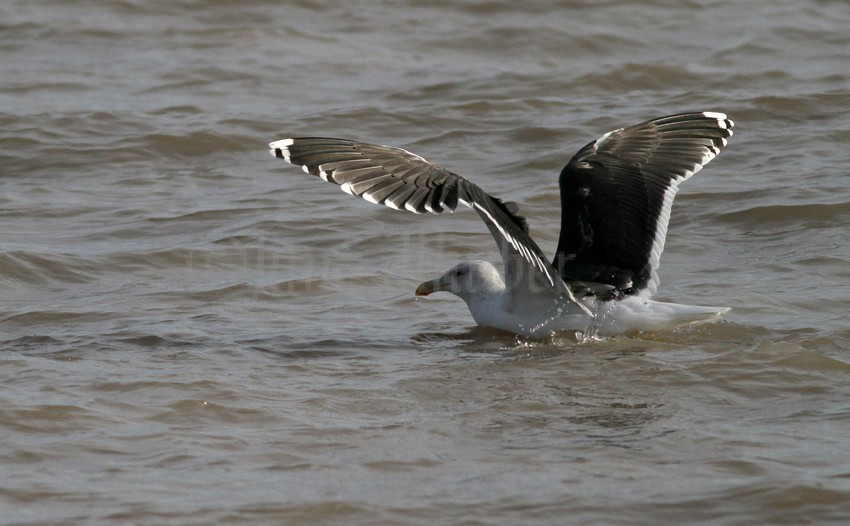
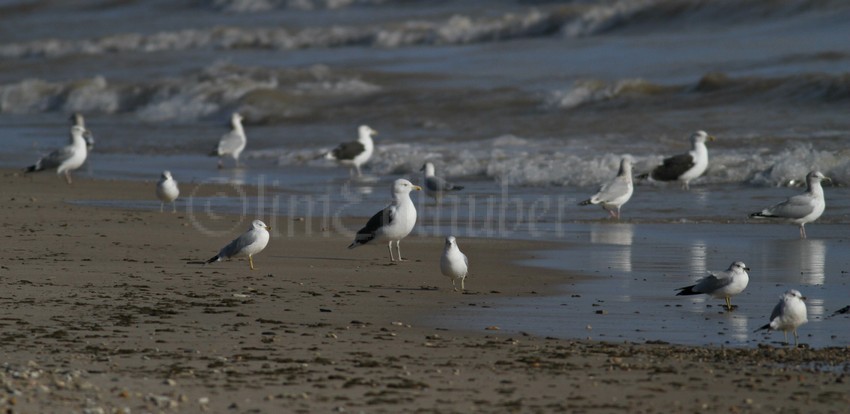


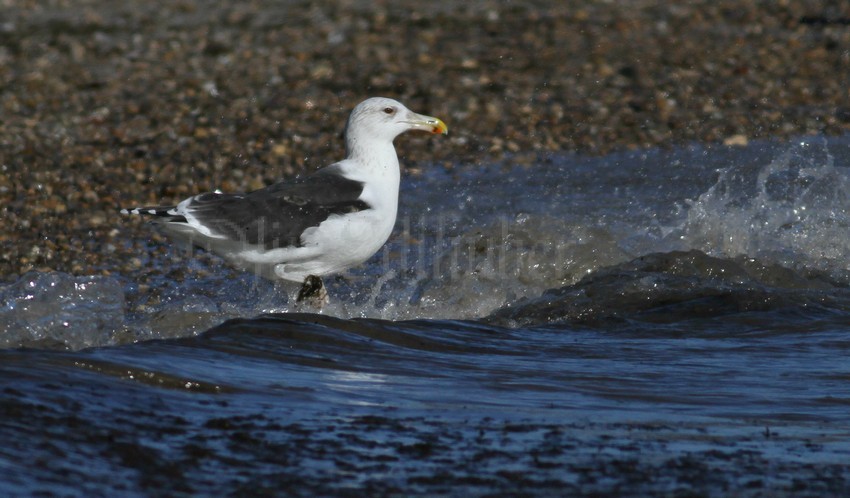


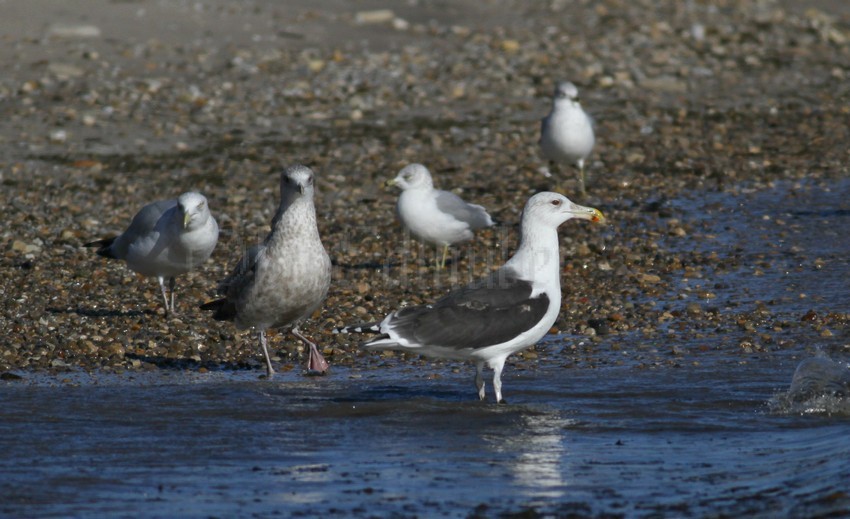
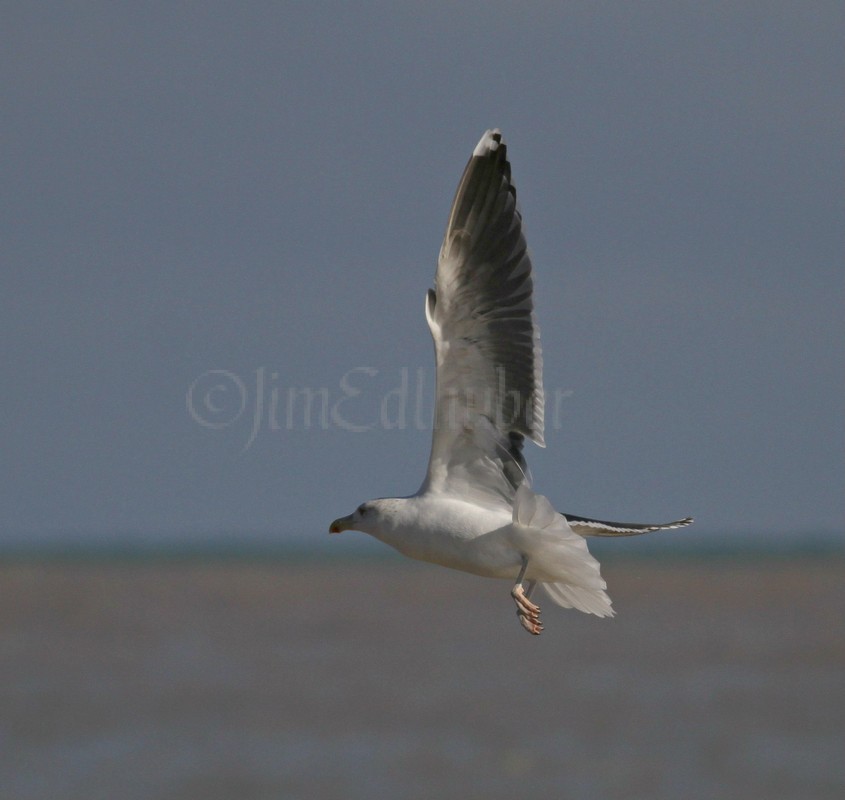

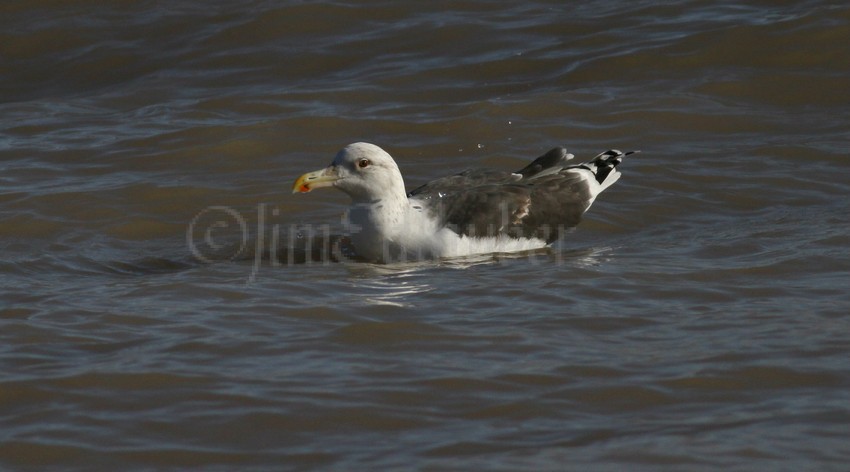

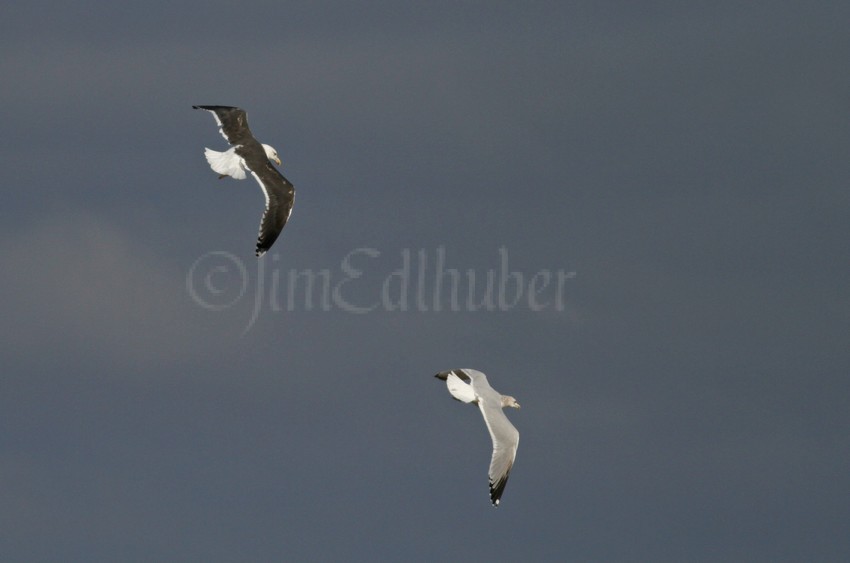

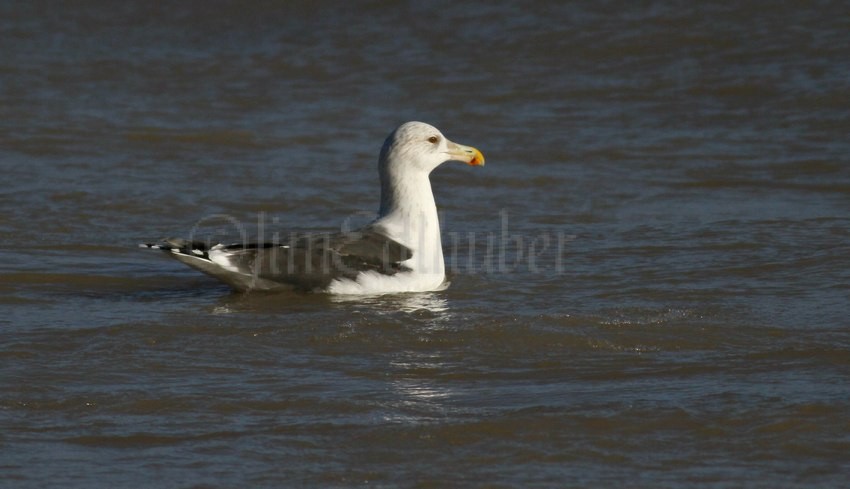

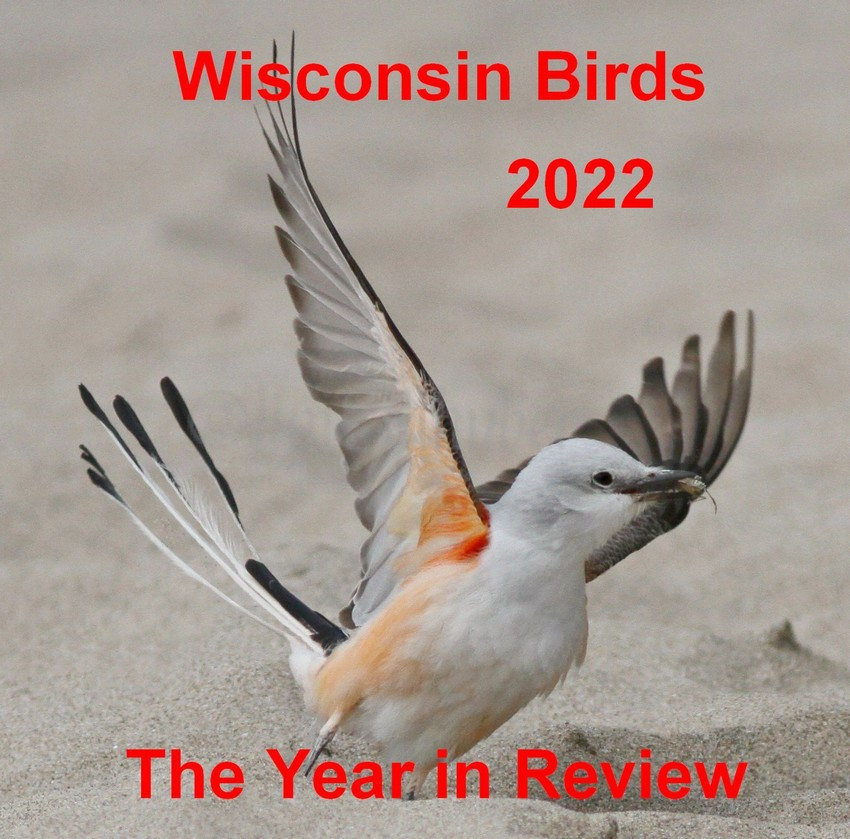
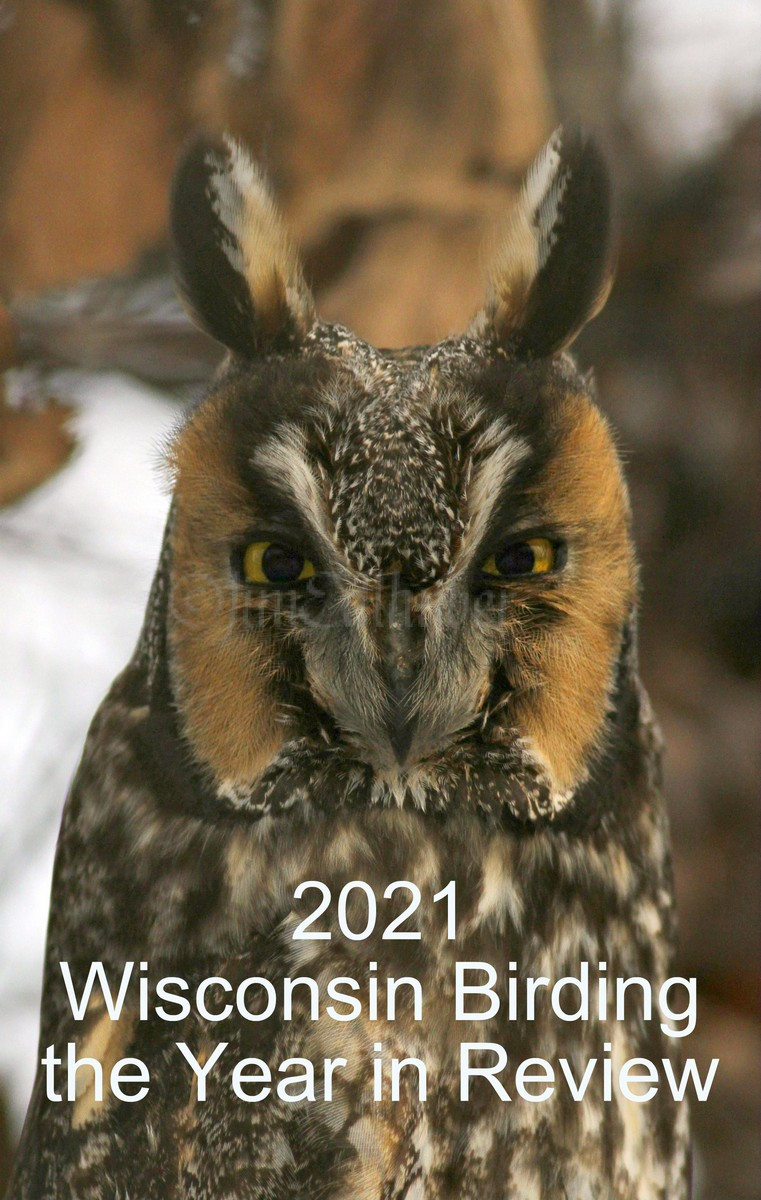


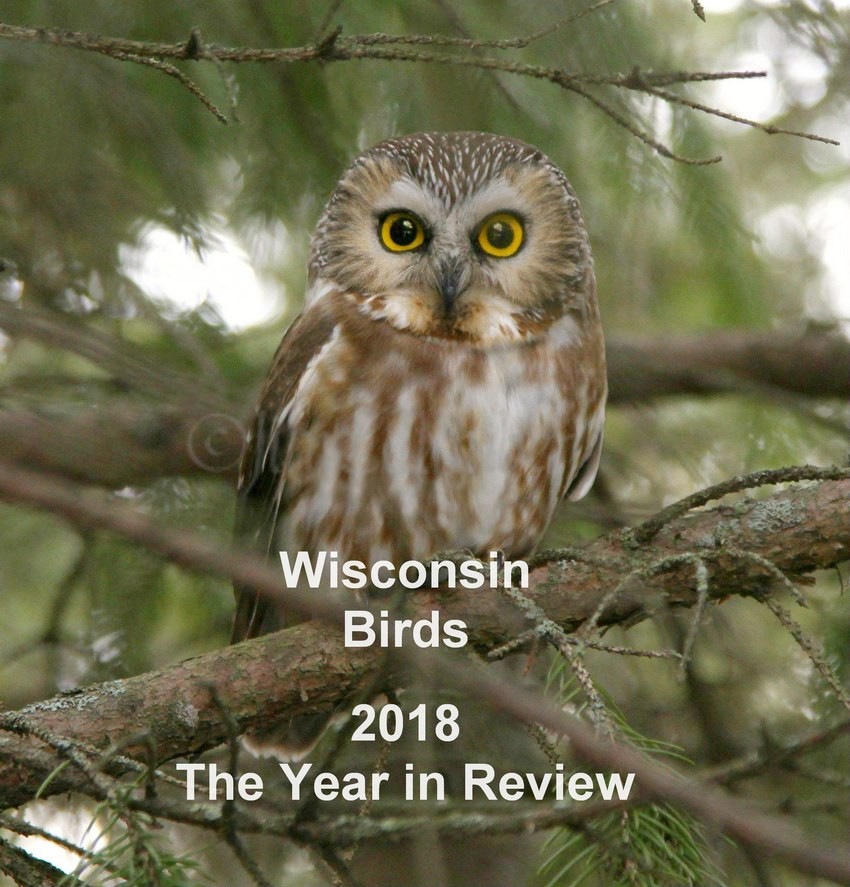
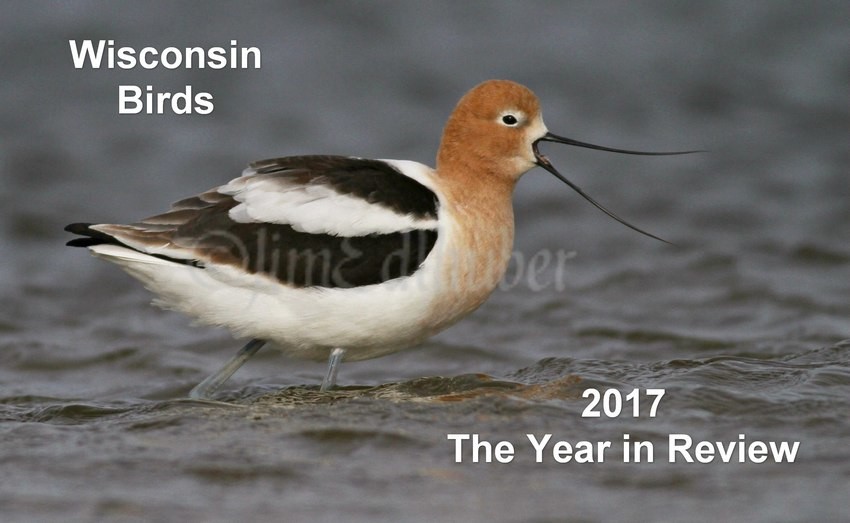
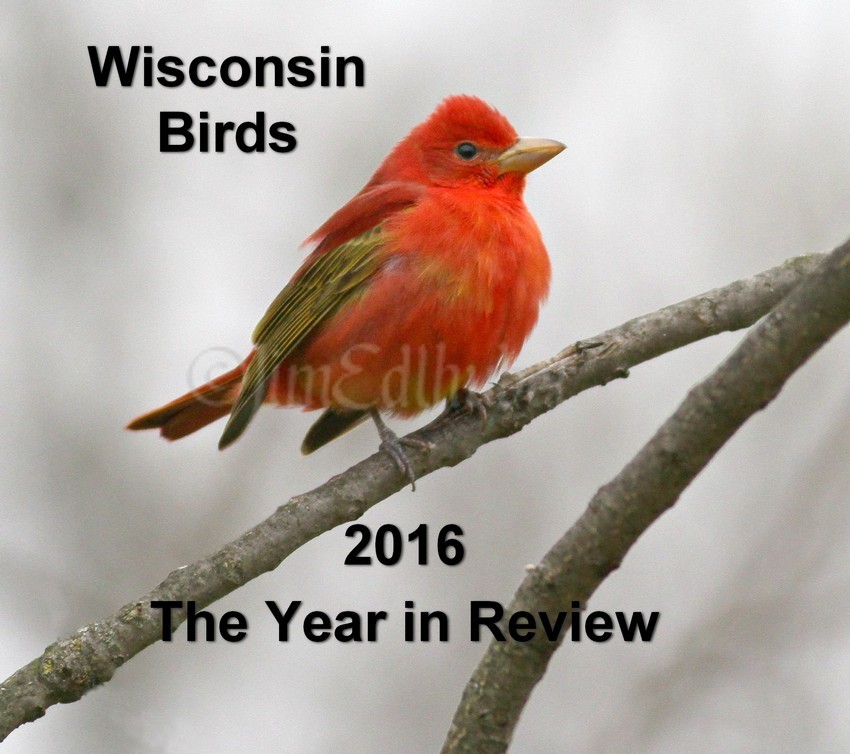
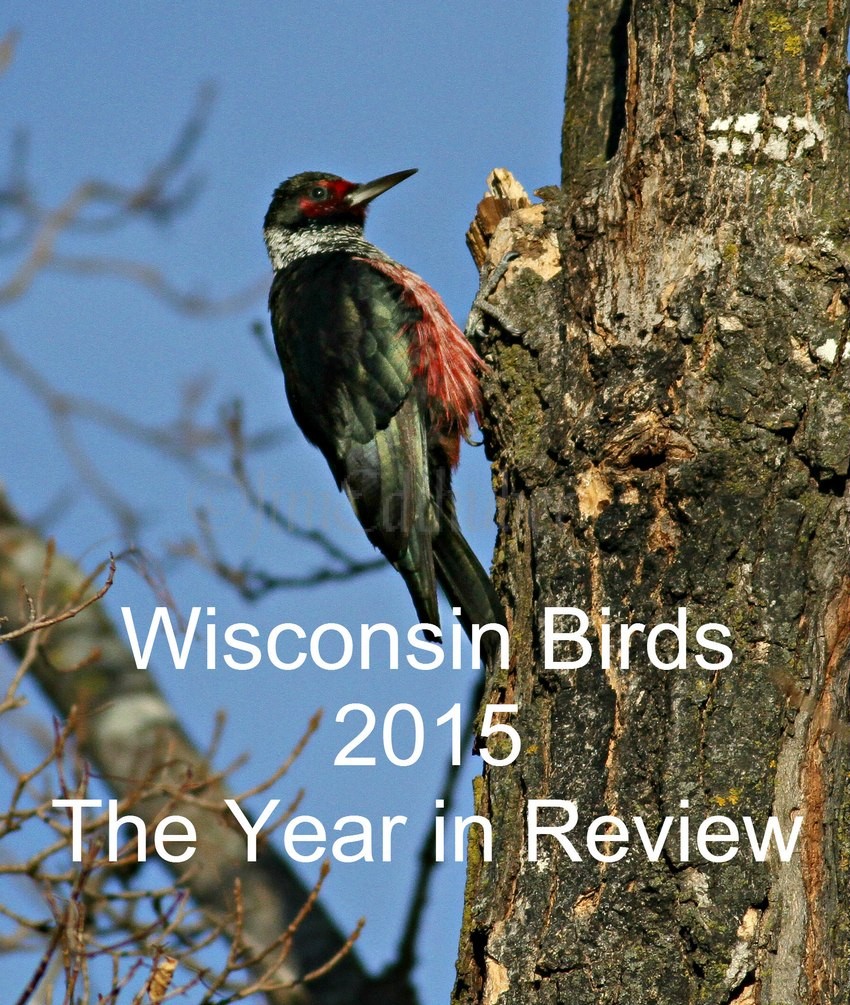


Nice pics, Jim. Gulls are in their own group of which I have not taken much time to sort out. Thanks for sharing and spiking my interest
Great photos taken on a beautiful day! There is certainly no mistaking those impressive gulls.
I have seen them at point beach oct 31 2015
one
red arrow park Manitowoc summer 2016 3
two adults one juvenile, North peir Manitowoc
and south pier Manitowoc summer Manitowoc
nov 20 1 aduklt cold…have pics of all four sightings and days